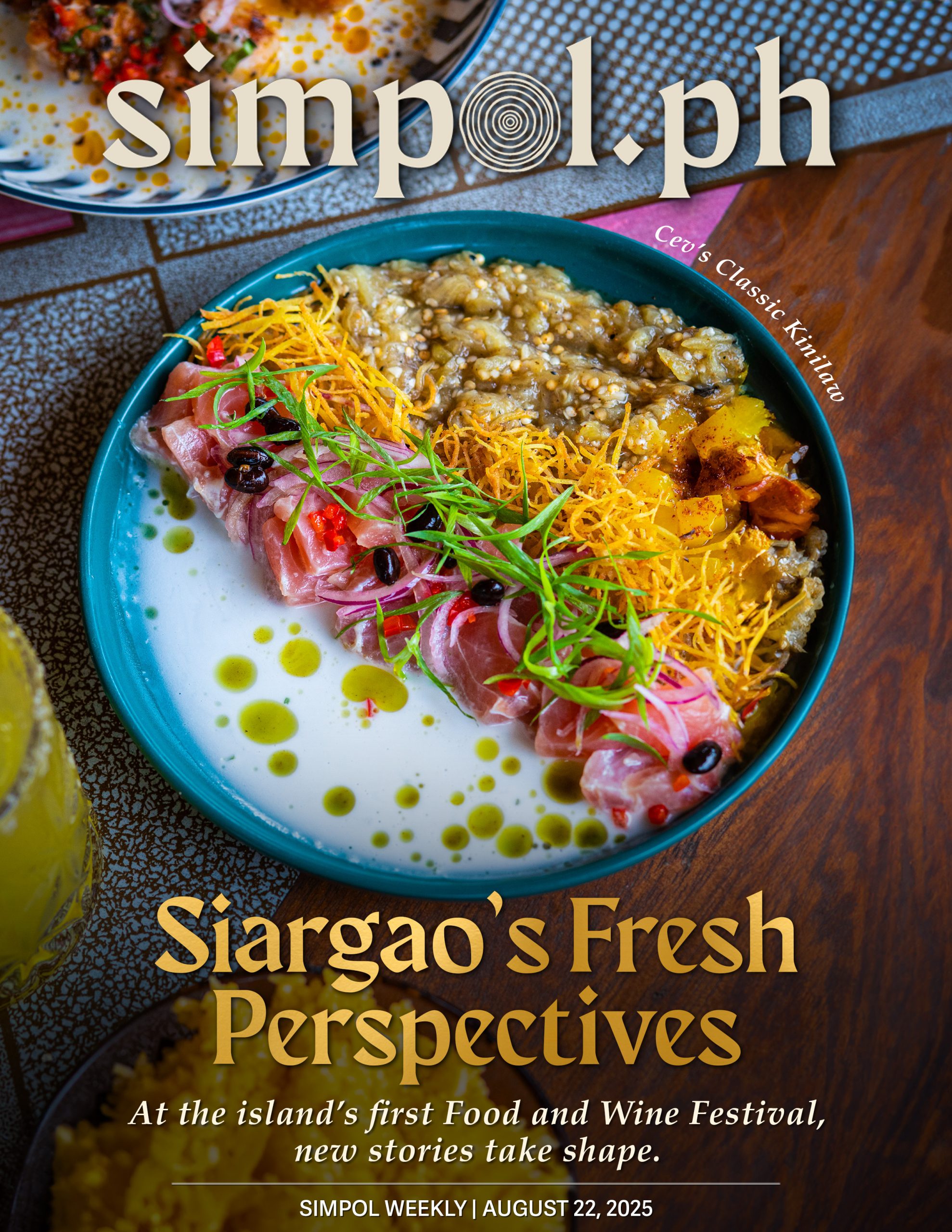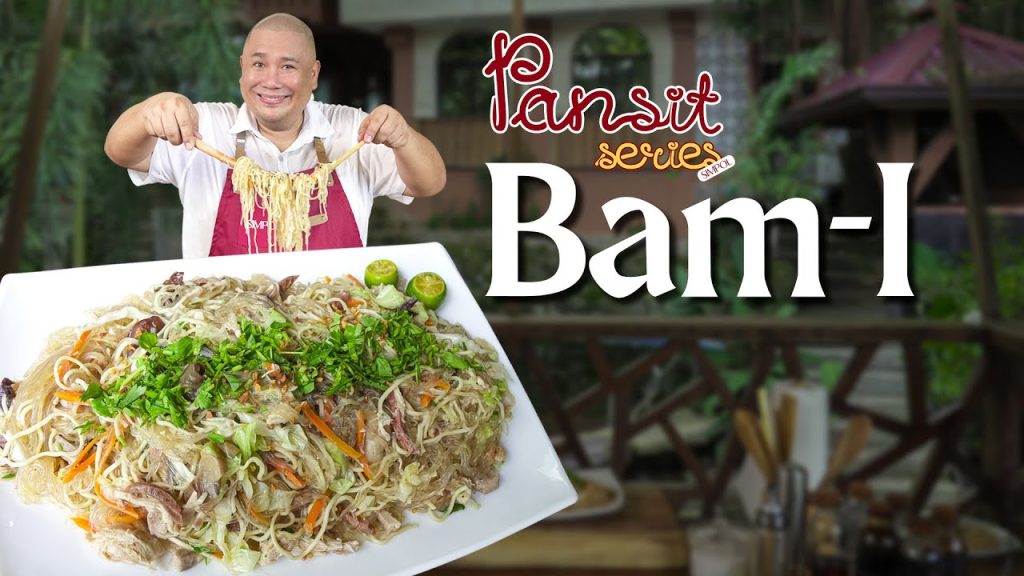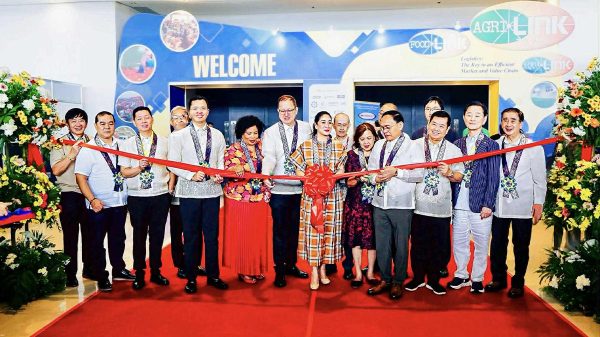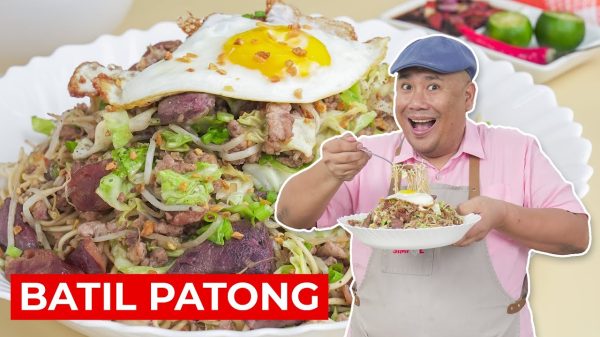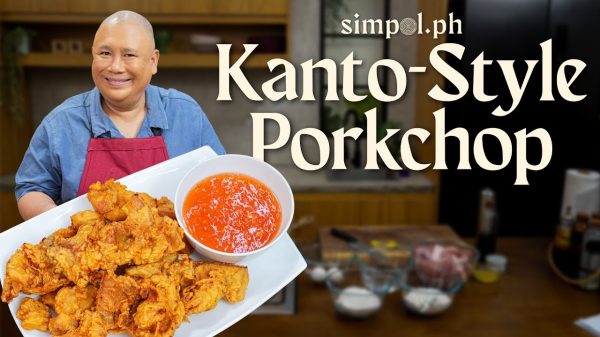If you’re visiting Siargao, don’t miss out on trying kinilaw at a local restaurant. It’s a culinary experience you won’t forget!
In Siargao, life moves with the tide. Markets wake when boats return, surfers wait for waves, and travelers follow the island sun. For many, the island isn’t just a stop. It’s a beginning.
The bungalow that houses CEV sits just off the road, framed by foliage and open to the breeze. A nipa-roofed patio softens its mid-century accents — breeze blocks, jalousie windows — a mix of island ease and quiet design. Inside, photos of fishermen, artworks, surfboards, and mismatched furniture create a lived-in feel. Even on weekdays, diners spill onto the patio. Some wander in from the beach, boards still damp with salt; others arrive with intent, making the trip just to eat here.
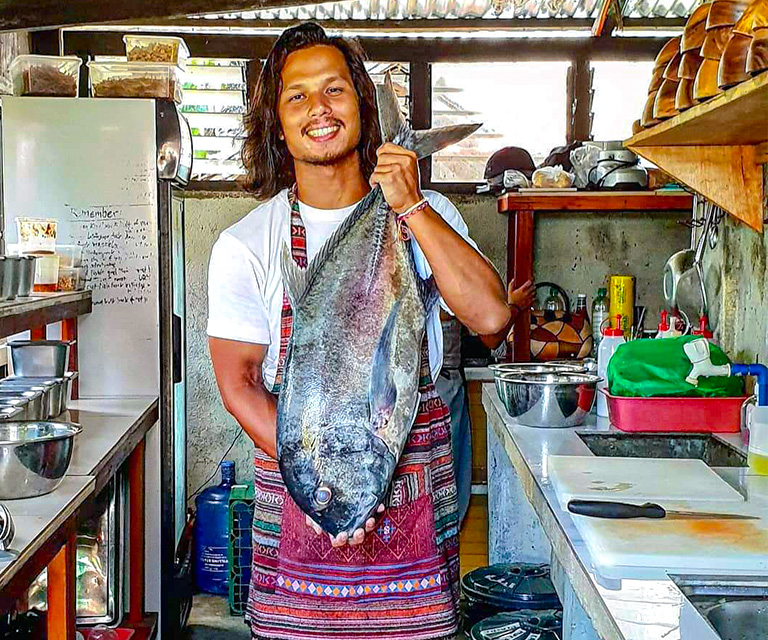
That same yearning for renewal brought Chef David Del Rosario to Siargao. Once a stockbroker in Manila, he left the city’s grind for this modest shack on Tourism Road. His vision was daring: a restaurant devoted entirely to kinilaw, the Filipino raw seafood dish often overshadowed by ceviche. Nearly five years later, CEV: Ceviche & Kinilaw Shack is no longer a curiosity but a culinary landmark.
Trading Stocks for the Sea
“I wanted to live a more simple and meaningful life doing what my heart has always wanted to do, which is to cook and express my creativity and passion through food,” David says. He left finance to bring kinilaw to the forefront — the first restaurant of its kind on Siargao. His decision mirrors why so many come to the island: the hunger for something raw and true.
Kinilaw, Ceviche, and a Filipino Voice
Kinilaw and ceviche look alike: raw fish “cooked” not by heat but by acidity. Yet their foundations differ. Ceviche is bright with lime or lemon, while kinilaw is sharpened by vinegar and layered with ginger, sili, onion, and calamansi.
“To my knowledge, we are the only country in the world that uses vinegar for a raw fish dish. That is unique, and worth building a concept around,” David says. For him, kinilaw is more than food. It is identity on a plate.
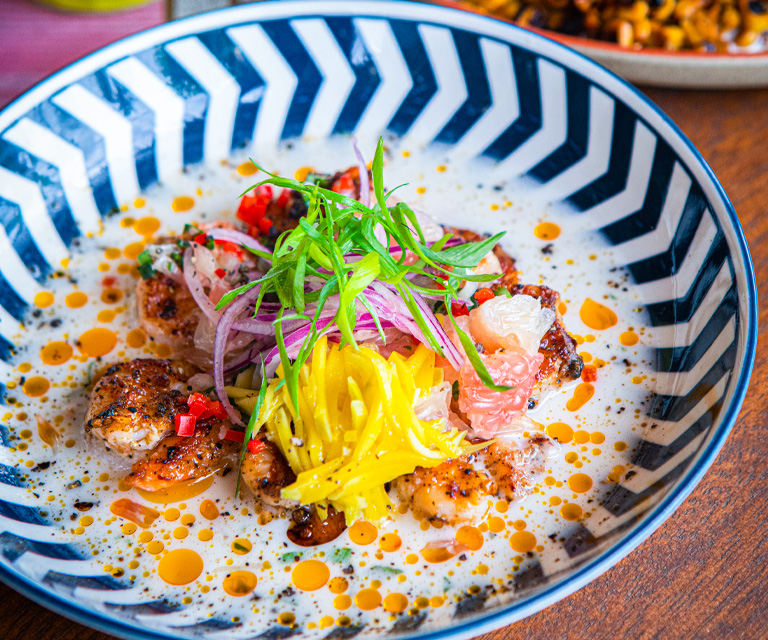
Food writers have echoed the point. Taste, an online food magazine by Penguin Random House, once called kinilaw the Filipino answer to ceviche: tart, versatile, and deeply tied to place. David calls it “democratic cooking,” reflecting Filipino resourcefulness.
Still, he named his shack CEV. “I chose CEV because of ceviche’s global appeal,” he explains. It was strategic — draw in travelers with something familiar, then introduce them to something proudly Filipino.
A Siargao Kinilaw Restaurant Redefining Tradition
What makes CEV remarkable is how David reframes kinilaw and ceviche. Instead of bar chow, he serves them as mains — plated beautifully, always with rice. Seasonal fish dictates the menu.
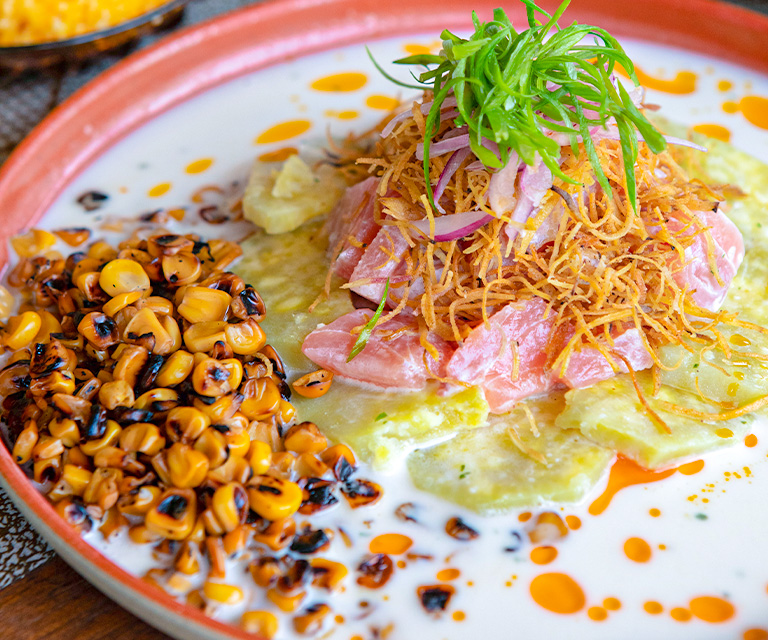
Much of what David serves is raw, yet the vision is realized. It strips dining back to essentials: clean flavors, honest sourcing, thoughtful plating.
A Map of the Island, on a Plate
CEV’s story is best told through three signature kinilaws.
The Classic Kinilaw pairs the day’s catch with grilled eggplants, diced mangoes, and fermented black beans for depth. Sweet potato strings add crunch, while a coconut dressing binds the dish with richness.
The Guyam Sinuglaw marries sea and land: raw tuna with smoky grilled pork, dressed in roasted bell pepper sauce. Coconut vinegar and biasong lime bring brightness, while pickled vegetables and fried corn kernels add crunch.
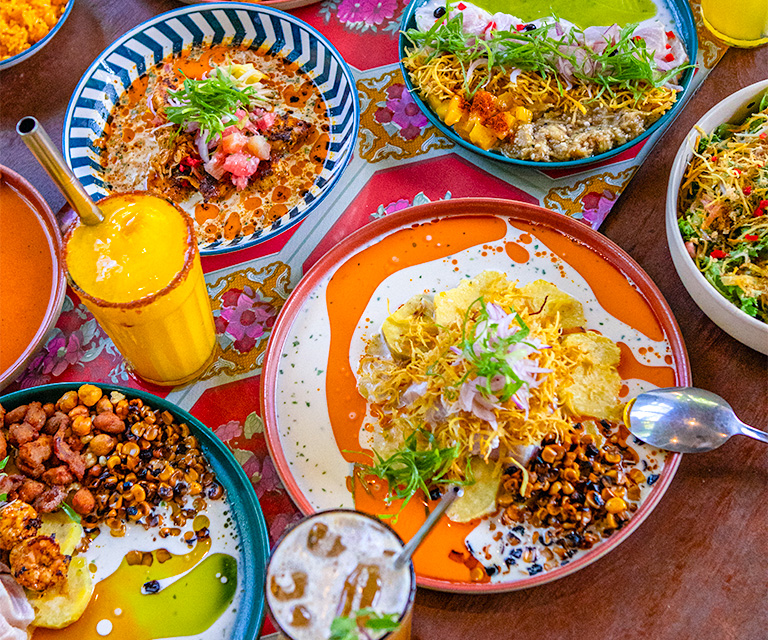
The General Luna Kinilaw feels like a celebration of the island itself. Tuna rests on sweet potato, topped with crisp kamote strings. A rich coconut dressing, brightened with annatto oil, makes the dish as vivid as it is flavorful — piquant, rich, and distinctly Siargao.
“Each dish reflects the island’s rhythm,” David says. “It’s always about the catch of the day and the flavors that make sense here.”
Learning Freshness Abroad, Rooting It at Home
Before Siargao, David studied in New York and worked in a cevicheria. That experience became his thesis at 30 — an idea he carried home, determined to reimagine kinilaw with the same focus ceviche enjoyed abroad.
Freshness drives these recipes,” he says—and it also decides what he leaves out.
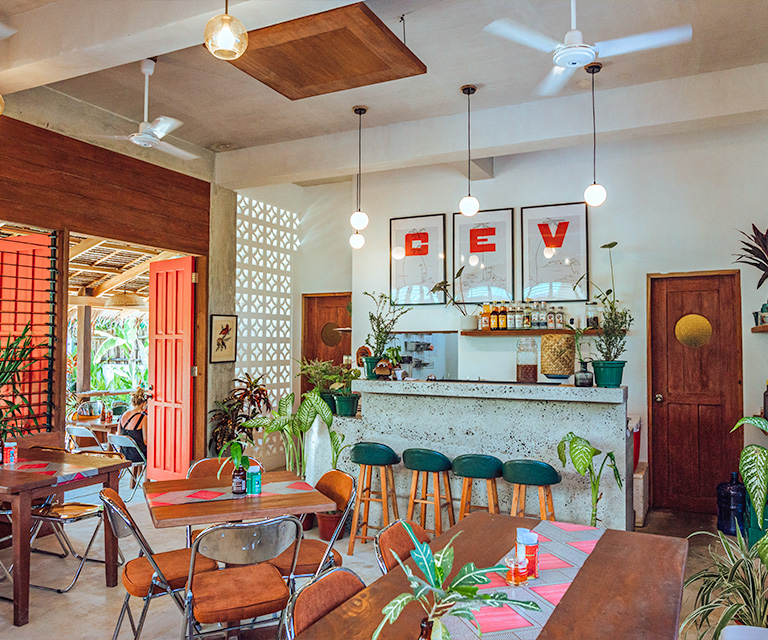
The tabon-tabon, a Northern Mindanao fruit once used in kinilaw to cut fishiness and preserve it, doesn’t make it into his kitchen. “The fish here is so fresh, I don’t feel the need for it,” he explains. Instead, mint, basil, and cilantro bring the lift.
Years ago, sourcing even basics like eggplants and peppers was difficult. But as Siargao’s dining scene grew, so did its farmers. “By working with farmers, these items are now easily available in the market,” David says. Their produce now anchors his kitchen as much as the catch from the sea.
More Than a Meal, Part of a Movement
For David, CEV is part of a growing community. “The interactions with other chefs and restaurateurs enrich me as much as they enrich the food scene. It creates a dynamic community that pushes our craft forward,” he says.
This spirit was clear during the Siargao Food and Wine Festival, where CEV joined other restaurants in showcasing the island’s evolving table. Supported by partners like Philippine Airlines—which now operates direct flights to Siargao from both Clark (three times weekly) and Cebu—the festival highlighted Siargao’s culinary stars and its growing appeal to local and regional travelers.
Rooted, Not Restless
Asked about expansion, David is direct. “I have no plans to expand CEV beyond Siargao. CEV is perfect the way it is. I don’t want to be motivated by money or greed, but by what I am most passionate about.”
In a world where restaurants chase empires, CEV chooses smallness as its strength. Its rootedness is its edge — to the island, to kinilaw, to the dream of a fresh life.
Renewal on the Plate
To dine at CEV Siargao is to taste reinvention: a man who left the city for the sea, an island that draws people seeking renewal, and a dish that insists on its place in the world.
The island seems to be treating its residents well. David remains approachable, greeting guests with the ease of a neighbor, and he looks younger than his years. Perhaps that is the real secret ingredient at CEV: a life lived simply, joyfully, and close to the sea.
Experience Siargao beyond the waves—read more:
Siargao Beyond Surf: Roots and the Island’s New Culinary Wave
Island Hopping in Siargao: A Day in Tropical Paradise
Chef Andrew Malarkey: From Boracay’s Dos Mestizos to Shaping Siargao’s Food Future
PAL Expands Siargao Flights from Clark and Cebu
What’s the most unforgettable kinilaw you’ve tasted—and where? Share your story with the Simpol community.


